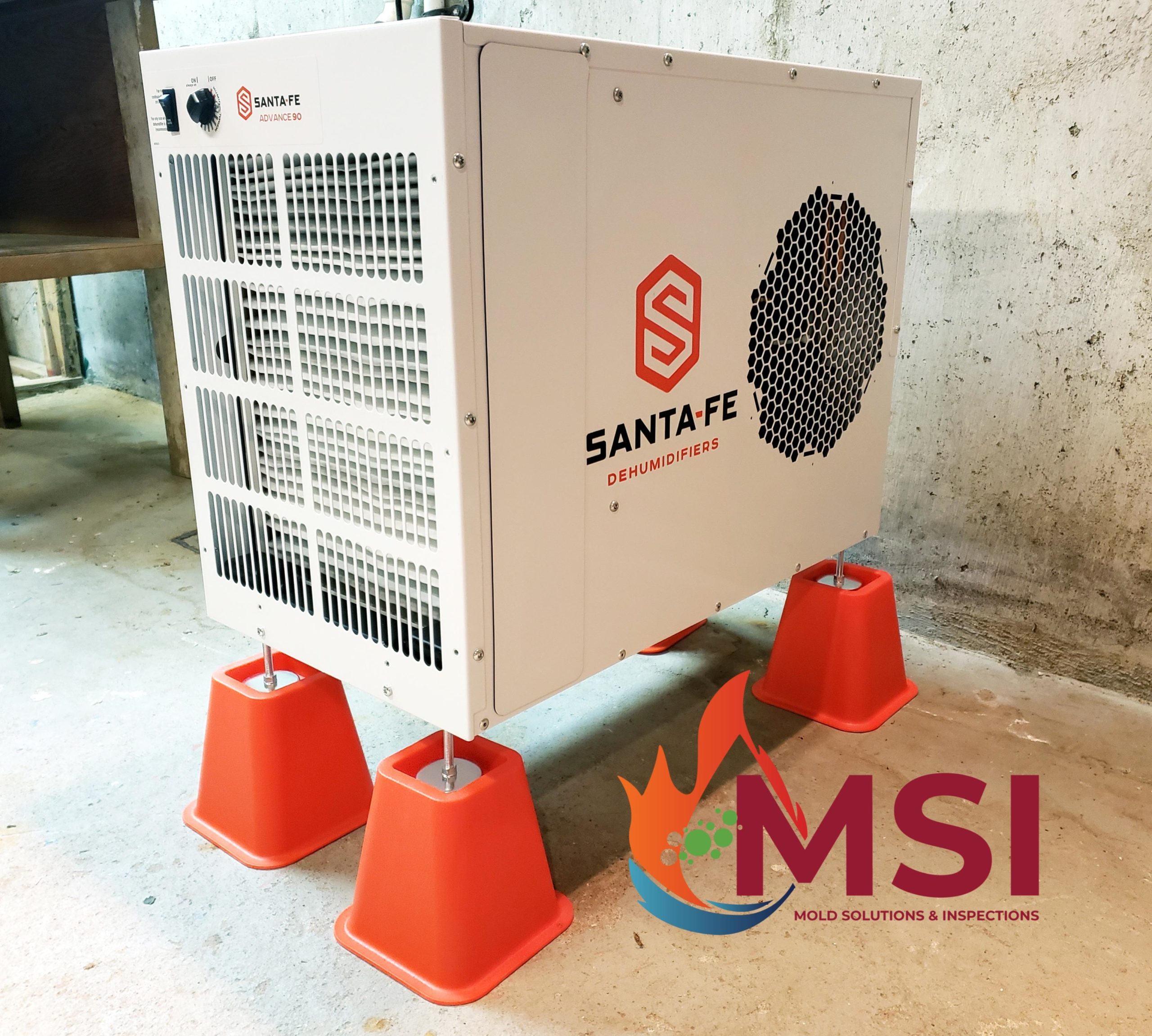Six Minute Walk
A six-minute walk (sometimes referred to as 6MW) test is as its name suggests: a walk for exactly six minutes. During these 6 minutes, the patient’s heart rate and oxygen level (measured by a non-invasive monitor typically placed on one’s finger, called “pulse oximeter”) are recorded at the beginning of the 6MW test and then again at the end of the 6 minutes. The distance walked is also recorded. This is an extremely important test to check the functional ability of patients with pulmonary hypertension, and to assess the need for oxygen therapy. This non-invasive test is typically done on every single clinic visit for patients with pulmonary hypertension.
Heart Catheterization
Heart catheterization is the gold standard for confirming the diagnosis of pulmonary hypertension and quantifying its severity. It is an invasive procedure whereby a physician introduces a catheter (which a narrow plastic tube) into a vein under full sterile measures. This catheter is then advanced towards the heart. There are 2 major kinds of heart catheterizations, a “left heart catheterization” and a “right heart catheterization”:
- Left heart catheterizations are often done looking for “blockages” in the heart vessels. Patients who are at risk of heart attacks would typically get a left heart catheterization. Heart stents for example are done during left heart catheterizations. Contrast is a “colored” material or ‘tracer’ that shows up on X-rays and is commonly used for left heart catheterization. Right heart catheterizations do not typically require injection of contrast.
- Right heart catheterizations are an invasive procedure typically done in the outpatient setting, and it is the only way to diagnose pulmonary arterial hypertension at this time. Every patient with suspected pulmonary hypertension must have a right heart catheterization before deciding on pulmonary hypertension therapy.
Most patients with pulmonary hypertension do not really need a left heart catheterization. Patients with suspected pulmonary hypertension need what’s called a right heart catheterization which is the kind of heart catheterization during which the catheter is advanced through the right side of the heart to measure pressures on the right side of the heart and in a large blood vessel called the “Pulmonary Artery”. The pulmonary artery is the vessel that connects the right side of the heart to the lungs.
Ventilation/Perfusion Scan
The Ventilation/Perfusion scan (also called a V/Q scan) looks for blood clots in the lungs. A V/Q scan is 2 tests combined into one. The ‘V’ stands for ventilation part of the test, and the ‘Q’ stands for the perfusion part of the test. This test involves exposure to a very small amount of radiation that is believed to be in the safe range as long as this test is not done too often. Typically this test is done once during the evaluation of a patient with pulmonary hypertension, and only rarely needs to be repeated. Almost all patients with pulmonary hypertension should have a V/Q scan test done to make sure that their pulmonary hypertension is not caused by blood clots. The treatment of pulmonary hypertension that is caused by chronic blood clots in the lungs is different from pulmonary hypertension caused by other reasons. A CT scan is not adequate to exclude this cause of pulmonary hypertension.
- During the ventilation part of the test (the ‘V’ part), a patient is asked to breath a safe gas that has in it a “tracer” that shows up on Xray. This test shows which parts of the lung are getting air into them.
- The perfusion part of the test (the ‘Q’ part) is very similar but the tracer is given through an intravenous catheter (an “IV”), and it also shows up on an X-ray to show where the blood is going to in the lungs.
- Blood clots would be suspected if certain areas of the lungs are getting air (as shown on the ventilation part of the test) but that same lung area is not getting blood (as shown on the perfusion part of the test).
This concludes our 4 part Series on Pulmonary Hypertension. Click here for more information Info








